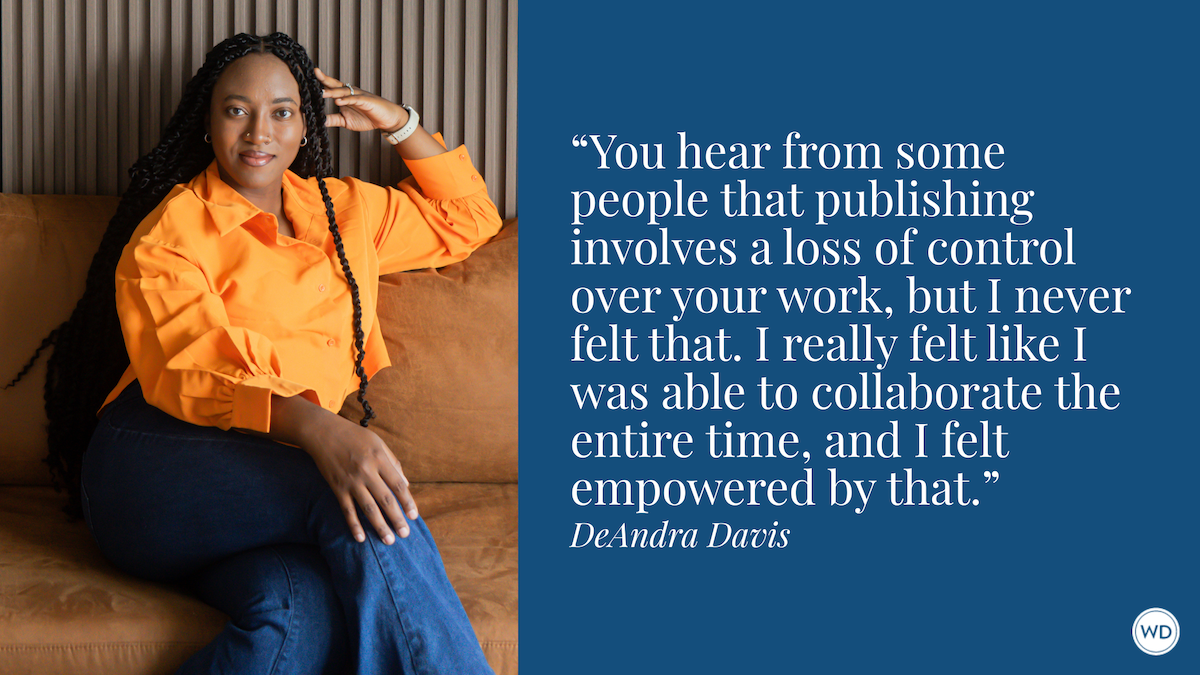4 Tips on Writing Dialogue
Probably the most common question asked by aspiring novelists is how to up their dialogue game. Author Emily Henry gives her top 4 tips here.
Probably the most common question I get asked by aspiring novelists is how to up their dialogue game. In the past, I’ve pretty much answered this with, “how much television are you watching?” or “Have you tried being a person who never shuts up?” Writing dialogue was never something I consciously learned, but rather the result of my interests, my personality, and my proclivity for falling down the rabbit hole of Shonda Rhimes shows with a sixteen-season back catalogue.
But lately, I’ve been trying to reverse engineer what I’ve learned, so I can give better advice, and I’ve been able to parse out four tricks I turn to time and again when my dialogue needs a boost.
4 Tips on Writing Dialogue
Write like a game of tug-of-war.
When there’s dialogue on the page, it should feel like something’s happening, like the plot or the emotional arc is being moved forward. If you find your dialogue feels like an interlude rather than an event, there’s a good chance that it’s lacking tension, or conflict.
I don’t mean to say every conversation needs to be a fight, but an easy way to spice up your dialogue is to think of it as two (or more) characters pulling in opposite directions. Even when you’re using dialogue to discreetly drop in exposition, there should be some kind of tension. This can come in the form of disagreement, but it can also be something subtler, hidden in the context. A perfect example of this is Hemingway’s Hills Like White Elephants. Use even the most mundane bits of dialogue to tell us more about the characters and their relationships to one another, specifically how they are at odds. Make them pull in opposite directions.
IndieBound | Bookshop | Amazon
[WD uses affiliate links.]
Make your dialogue into a game of table tennis. Or non-table tennis.
If you’re trying to write banter, this is a good way to think of the dialogue. Rather than having your characters politely passing the baton of conversation back and forth, give it some momentum. For one really boring example, if you’re having two characters talk about the weather (First of all, why?), one remarks that it looks like it’s going to rain, the other might fling this back by one A) pointing out how dull they must be to talk about the weather, B) joking about the character’s credentials to make such a claim, i.e. I didn’t realize you’d become a meteorologist since I last saw you on Tuesday, or C) feigning amazement at the other character’s prediction.
I do not particularly like any example of dialogue that starts with talking about the weather, but to me, good banter is this playful mix of batting each other’s words back and forth and building on each other’s jokes, making them more absurd with each pass.
Ditch the tags—and then rewrite.
One of the most comment technical writing tips you’ll get about dialogue is to scrap those over-the-top, specific dialogue tags. When you’re writing an ongoing conversation, you might feel that temptation to have characters’ bounce around between saying things and exhorting and snapping and yelping, and I face—and even give in to!—that temptation as well. But the old adage really is true: using said or ask will fade away from the readers’ minds, whereas something more specific and surprising will stick out.
Tags can be helpful to set the tone, and I’m actually not hugely against them. But a good exercise for settling into your characters’ voices and getting your dialogue to the next level is to take these tags out entirely and then rewrite the dialogue to create that tone itself. For example, instead of having a character “screaming” or “complaining,” focus on the word choice within the dialogue itself to communicate the same idea. Essentially, if your character is stressed, show that with their words. If they’re overjoyed, try showing us that with how they speak, rather than how you describe their speech.
Shift the tone and the motivation.
This folds in nicely with the previous tip. If your dialogue feels lackluster, bland, or too even-keeled, try writing the same sentence a handful of different ways. The content of what the character is communicating should stay the same, but their tone or mood should change between versions. To go back to the abysmal discussing the weather example, how different does pointing out the possibility of rain sound when a character is anxious? Or grieving, scared, excited?
I don’t mean that they feel these things about prospective weather (although, who knows?), but dialogue doesn’t happen in a vacuum. All day long we have conversations about one thing while our mind is stuck on another. Remembering this will not only give your characters more depth but create more opportunities for conflict, and tension, which is, in my opinion, where dialogue can really shine.
*****
Of course, whenever I give any kind of writing advice, I feel the need to preface it with this caveat: there is no wrong way to write. If it works for you, it works, whether anyone else uses the same tactics or not. If it doesn’t, throw it out. These tactics might not revolutionize your writing, but if you’re looking to try something new with your dialogue, and you don’t have time to get into Grey’s Anatomy, then give one—or all—of these a crack, and see what happens.
Emily Henry is the #1 New York Times bestselling author of People We Meet on Vacation and Beach Read. She studied creative writing at Hope College, and now spends most of her time in Cincinnati, Ohio, and the part of Kentucky just beneath it. Find her on Instagram @EmilyHenryWrites.








